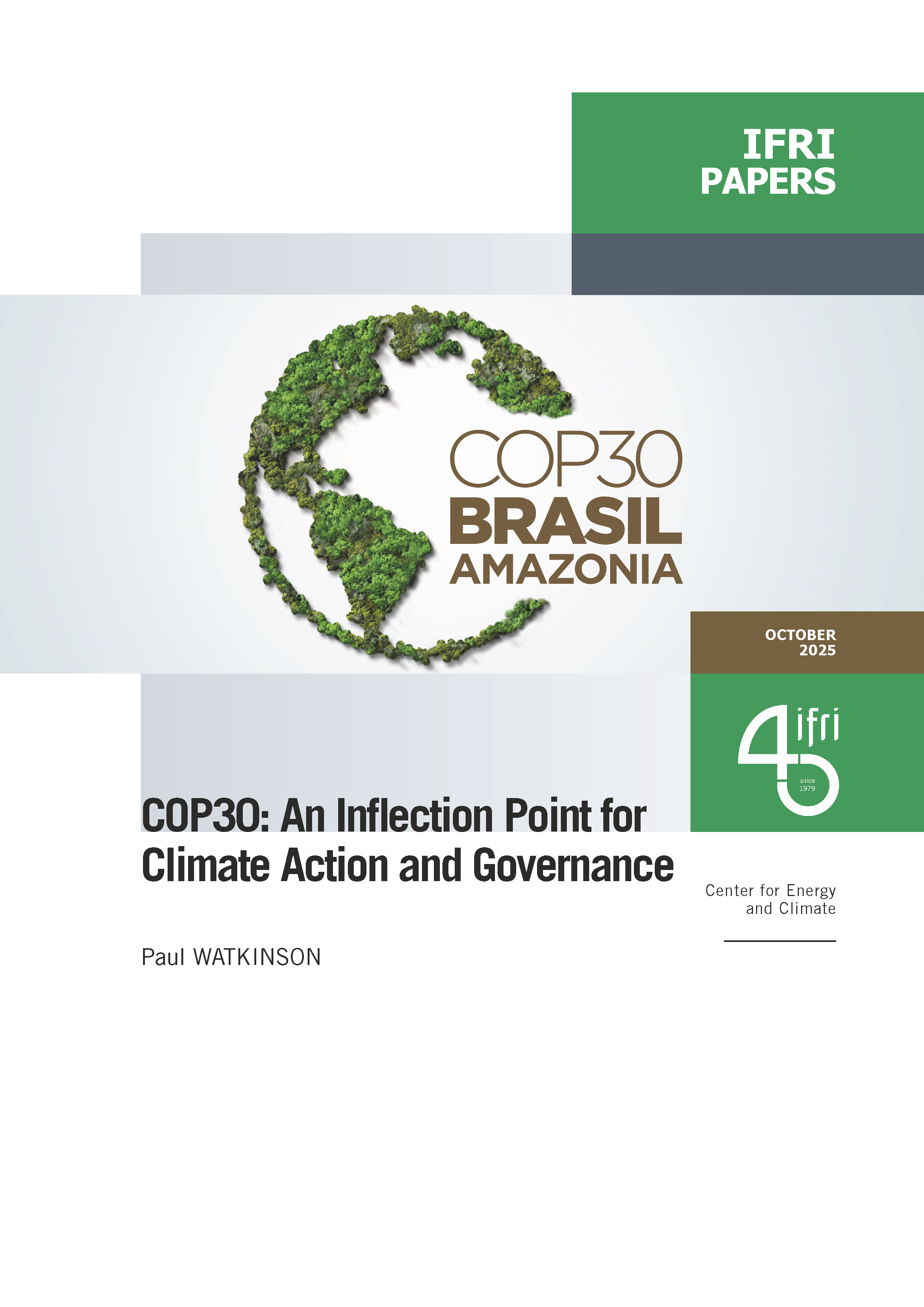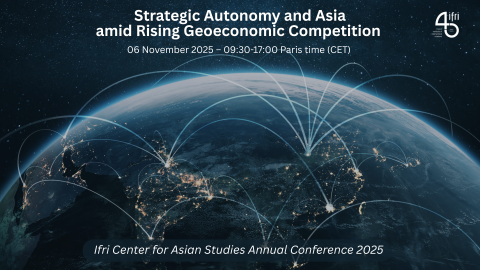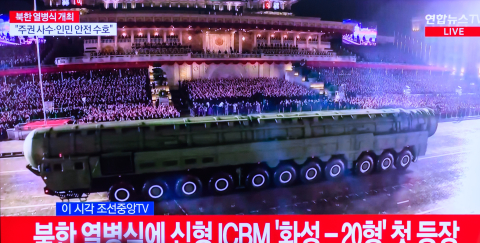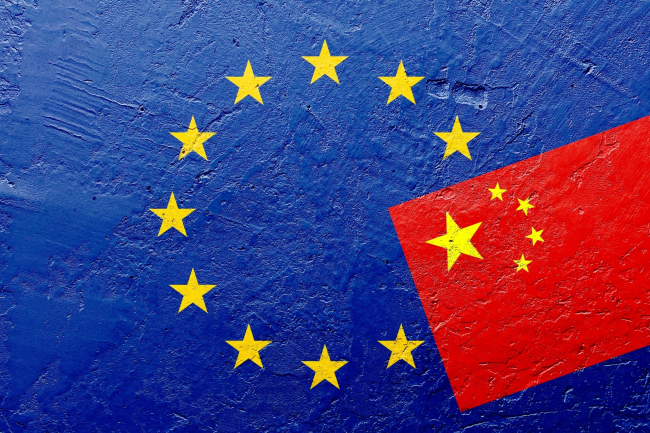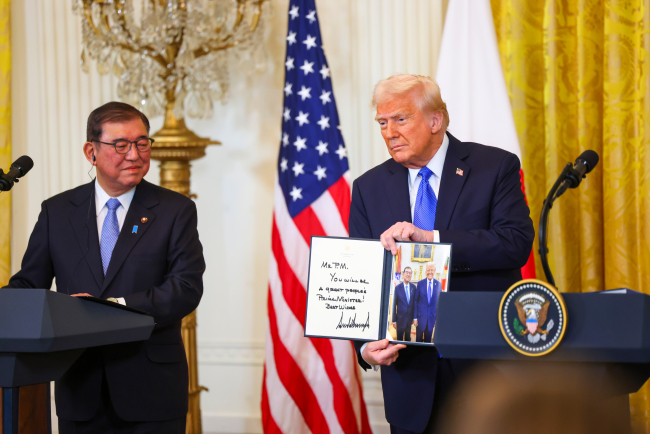Japan and the South China Sea: Forging Strategic Partnerships in a Divided Region
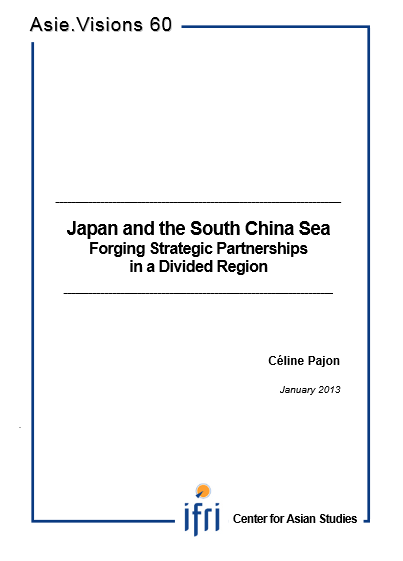
In the midst of growing tensions with China, Japan is deepening its strategic engagement in Southeast Asia. Preserving stability in the South China Sea, which is threatened by renewed frictions around contested territories, is a vital interest for sea lane-dependent Japan. Moreover, Tokyo considers Southeast Asian countries as crucial partners in balancing against an increasingly powerful and more assertive China.
Therefore, Tokyo is stepping up its security cooperation in the region through the promotion of regional maritime and security institutions, but more importantly, by building strategic partnerships and helping to foster the maritime capacities of key like-minded countries (notably Indonesia, the Philippines and Vietnam).
These initiatives augment the “great game” of influence currently underway in Southeast Asia and in which Japan is soft-balancing China and supporting a more sustainable US presence. Still, forging strategic partnerships is not an easy task as ASEAN countries, if increasingly polarized, are not passive in the face of the great powers contest.
As East Asia grows seemingly more divided and as a competition for influence is flaring up, Europe is politically absent. Yet, expectations for more politico-military involvement from European countries in the region do exist, especially in Japan. If discussions about a possible “EU pivot” to East Asia are developing, many obstacles and limitations still constrain an expansion of European influence in the region.

Available in:
Regions and themes
ISBN / ISSN
Share
Download the full analysis
This page contains only a summary of our work. If you would like to have access to all the information from our research on the subject, you can download the full version in PDF format.
Japan and the South China Sea: Forging Strategic Partnerships in a Divided Region
Related centers and programs
Discover our other research centers and programsFind out more
Discover all our analysesExpanding SPDMM as a pivotal institution in the Pacific – A French perspective
The South Pacific Defence Ministers’ Meeting (SPDMM) is the only forum that brings together defense ministers from the wider South Pacific — including Chile, which is hosting it for the first time. This heterogeneous group of countries with varying resources, capacities, and interests — Australia, Chile, Fiji, France, New Zealand, Papua New Guinea (PNG), and Tonga — are united by their shared determination to strengthen cooperation on maritime security and humanitarian assistance and disaster relief (HADR) activities.
EU’s Derisking From China: A Daunting Task
With economic security as a major concern, the EU has recently turned to “derisking” from China. The EU strategy entails reducing critical dependencies and vulnerabilities, including in EU supply chains, and diversifying where necessary, while recognizing the importance and need to maintain open channels of communication.
Sri Lanka’s NPP Government. From System Change to Structural Compliance
In September 2024, a relative outsider to Sri Lanka’s two-party-dominated political system, Anura Kumara Dissanayake, won the presidential elections. The anti-establishment, populist movement he represented, the National People’s Power (NPP), went on to receive an overwhelming mandate in the November 2024 general elections, winning 159 seats in a 225-member parliament.
Japan Under Trump: Alliance Strains, the Push for Autonomy and Essential Partnerships
Japan is under pressure from the United States (US) on punitive tariffs and demands for increased defence spending. This has sparked deep concern over US credibility and triggered growing domestic calls for greater autonomy.


